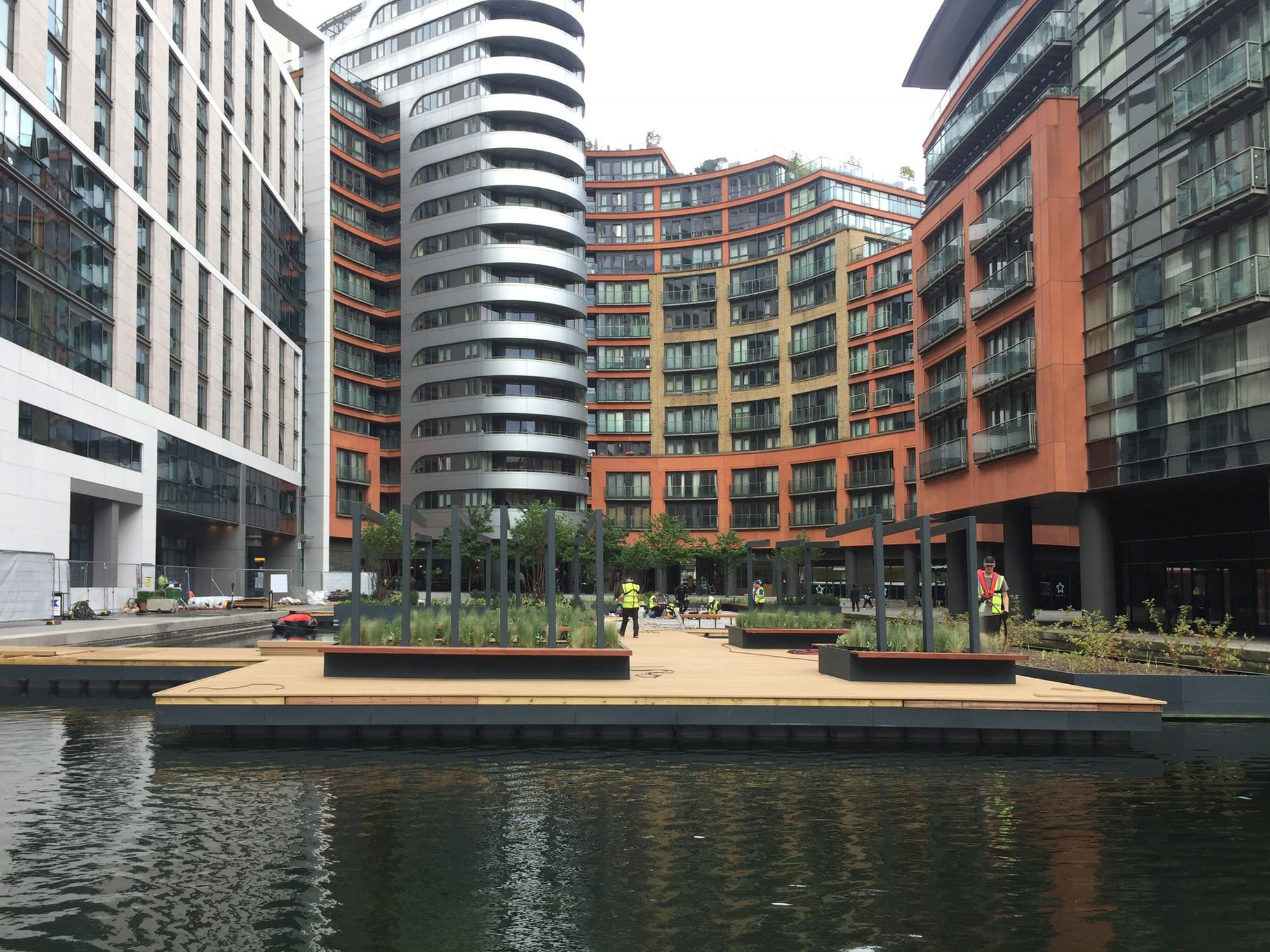The Future of Rental Market in UK Cities: Trends and Projections

The rental market in UK cities is undergoing significant transformations influenced by demographic shifts, economic factors, and evolving lifestyle preferences. This article examines the emerging trends and projections shaping the future landscape of rental properties across key urban centers.
1. Demographic Changes and Urbanization
Urbanization continues to drive demand for rental accommodation in UK cities, fueled by a growing population of young professionals, students, and individuals seeking flexible living arrangements. Demographic trends such as delayed homeownership and increasing mobility contribute to sustained demand for rental housing.
2. Rise of Build-to-Rent Developments
Build-to-Rent (BTR) developments are gaining traction as a preferred housing option, offering purpose-built rental properties with amenities and services tailored to modern lifestyles. These developments cater to tenants seeking high-quality living spaces and enhanced community experiences, thereby reshaping the rental market landscape.
3. Tech-Driven Tenant Expectations
Technological advancements are transforming the rental experience, with tenants expecting seamless digital solutions for property management, online transactions, and smart home amenities. Landlords and property managers are adopting proptech innovations to streamline operations and enhance tenant satisfaction.
4. Affordability Challenges and Rental Pressures
Affordability remains a critical issue in UK cities, particularly in high-demand areas such as London and major urban centers. Rent affordability ratios and housing supply constraints influence rental pricing dynamics, impacting tenants' housing choices and landlords' investment strategies.
5. Economic Resilience and Market Stability
Despite economic uncertainties, the rental market in UK cities demonstrates resilience, supported by diverse employment sectors, educational institutions, and cultural amenities that attract a steady influx of tenants. Market stability and rental yield potential remain attractive to domestic and international investors alike.
6. Sustainability and Environmental Considerations
Increasing awareness of sustainability and environmental impact is shaping rental market preferences. Tenants and developers are prioritizing energy-efficient buildings, green spaces, and eco-friendly initiatives that promote sustainable living and reduce carbon footprints.
7. Government Policies and Regulatory Impact
Government policies, such as rent controls, tenant rights legislation, and incentives for affordable housing, play a crucial role in shaping the rental market landscape. Understanding regulatory frameworks and compliance requirements is essential for landlords and investors navigating the rental sector.
8. Future Projections and Investment Opportunities
Looking ahead, the UK rental market is poised for continued growth and innovation. Projections indicate sustained demand for rental properties, driven by urbanization trends, lifestyle preferences, and economic factors. Strategic investment in BTR developments, sustainable housing solutions, and tech-integrated properties presents opportunities for stakeholders to capitalize on evolving market dynamics.
Conclusion
The future of the rental market in UK cities is characterized by resilience, innovation, and evolving tenant preferences. By staying abreast of emerging trends, leveraging technological advancements, and embracing sustainable practices, stakeholders can navigate challenges and seize opportunities in this dynamic sector.Whether you're a tenant searching for the ideal rental accommodation or an investor exploring opportunities in build-to-rent developments, understanding the trends and projections outlined in this article can guide informed decisions and foster long-term success in the vibrant UK rental market.



